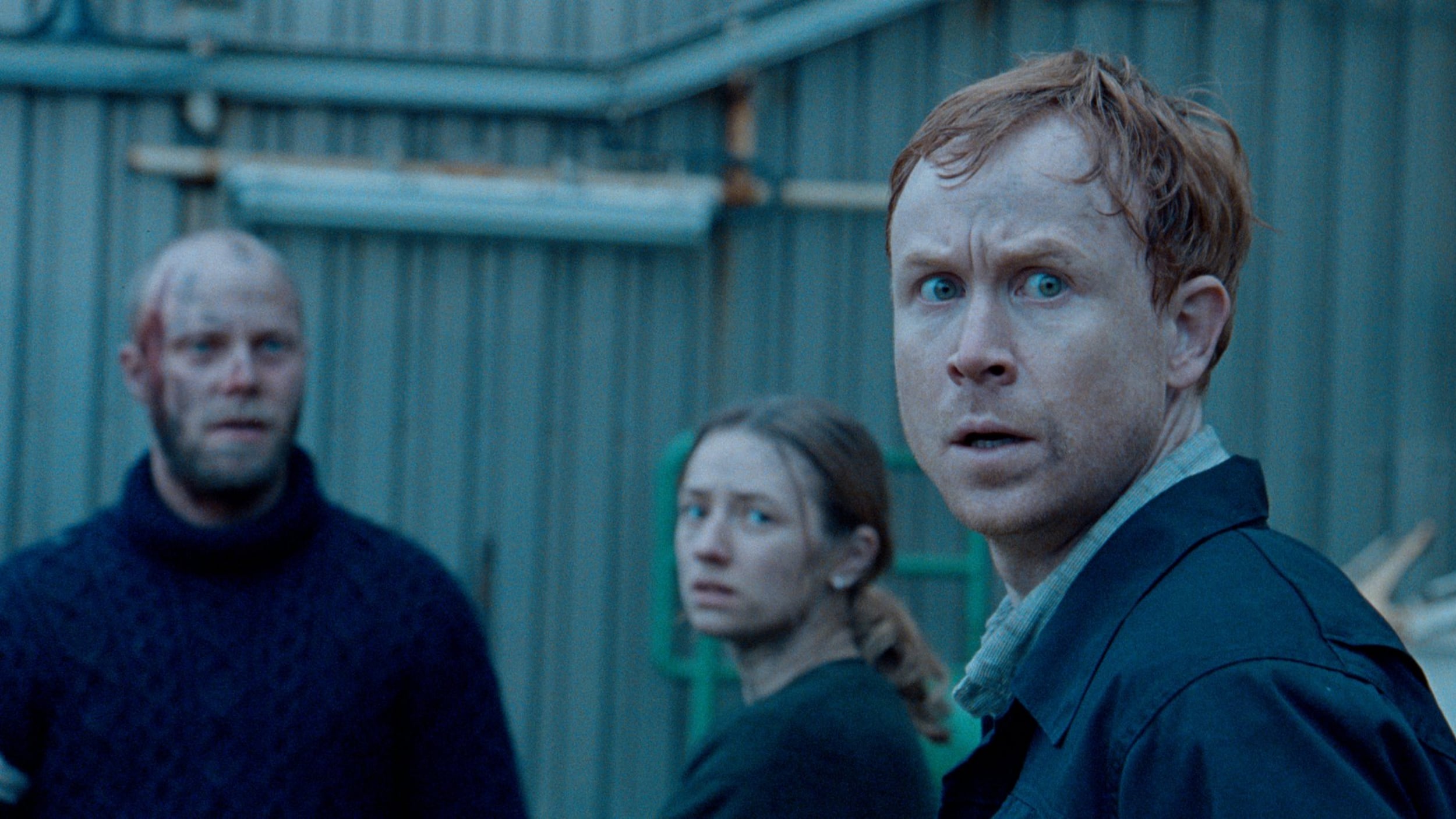This article contains mild spoilers for “The Burning Sea”.
Disaster films have been around since the emergence of film as a medium. “Fire!” (1901) by James Williamson is one of such early examples. Its straightforward plot which revolves around whether or not people survive a dangerous house fire represents the beginning of this now tried and tested formula. The tension and drama of if/how the characters will survive the impending doom is the main draw for this genre of filmmaking. However, with the global awareness of climate change in the early 2000s, disaster films started to incorporate human-induced climate change (notably “The Day After Tomorrow”, “After Earth”) as a modern-day frame to showcase such catastrophes.
The purpose of these ecological disaster films (or climate-fiction “cli-fi”) is twofold. Not only do they have to tell an entertaining and relatable story of human triumph, but they also seek to be a didactic warning against the hubris of humans attempting to develop past natural limits. Unfortunately, almost none of these films have yet to successfully balance these two goals.
More than a century after the release of “Fire!” comes another fiery tale, “The Burning Sea.” The Norwegian disaster film follows Sofia (Kristine Kujath Thorp), a submarine operator, as she becomes involved in an underwater landslide that sees many of Norway’s oil rigs sink into the North Sea due to excessive seabed drilling. Consequently, her love interest, oil worker Stian (Henrik Bjelland) becomes trapped underneath the sea.
In an interview with Annenberg Media, the director of “The Burning Sea,” John Andreas Andersen, said he wanted to focus on Norway’s relationship with the North Sea, a major source of Norway’s income not just through oil drilling but through fishing as well. The filmmaker imagined an ancient Norwegian underwater landslide, known as the Storegga Slide, occurring in the contemporary North Sea, which is peppered with oil rigs.
“We were inspired by the discussion that was going on in Norway [during the time of production] and is still going on about oil drilling. How long are we going to be doing that when we know we need to stop? When do we stop?” he said.

But where’s the burning? The film’s title alludes to an emergency response called in-situ burning, used by national crisis response agencies to locally control an oil spill. While it is a solution to a crisis, nothing screams hell on earth more than an image of the ocean on fire. Just last July, footage of oil spills igniting in Mexico and the Caspian Sea went viral and provoked shock across the internet. “The Burning Sea” thus imagined an extreme scenario where an entire North Sea worth of oil rigs spill and uses actual solutions to place the characters into an incredibly precarious and dangerous situation.
In a unique departure from past Norwegian “cli-fi” films in the series, “The Wave” (2015, Roar Uthuag) and “The Quake” (2018, John Andreas Andersen), “The Burning Sea” replaces a male lead with a female one.
“We wanted to have this time to have a female action hero in the center, but also make her a real person that you relate to not as a superhuman, but feel that maybe you would react similarly in situations like this, and contemplate losses even after surviving a crisis,” Anderson said.

However, as much as Andersen is connecting to the reality of global oil spills and is trying to create a fresh heroine, “The Burning Sea” falls flat in a sea of cliched and predictable disaster films. “Deepwater Horizon” (2016) by Peter Berg based on the real Deepwater Horizon oil spill in 2010, charts the exact same tragic tale of sacrifice, rescue and a burning sea. “The Burning Sea” does not do anything fresh and its desire to stay rooted in reality ultimately may have caused it to fall into the shadow of other oil spill films that better capture its horror. In any case, the threat of the oil spill eventually fades away to allow the drama of Sofia and Stian’s survival to take center stage. The oil spill and the burning sea become the superfluous context for a survival narrative.
Moreover any desire to remain realistic falls flat when several predictably incidental mishaps occur — such as a loose hose tripping a protagonist — just to add cliched drama to the film, which precipitates an equally cliched sacrifice. It is difficult to connect with Sofia when the challenges she encounters are inexplicable and extraordinarily dramatic circumstances only for the plot. Stubborn resistance in the face of things out of control does not show growth and is simply not compelling enough. Perhaps the genre has simply run its course.
Whether “The Burning Sea” tries to warn of impending ecological disaster arising from human hubris or chart the story of a heroine, it fails to do either and ultimately results in an uninspiring watch. Academics also agree that “cli-fi” films only serve to immunize ourselves from the responsibilities of climate change, with some describing it as ‘ecological gentrification’. In many ways, “The Burning Sea” paints a situation as real as one that can happen in “Fire!”. But after 101 years, filmmakers need to do more than just pit our heroes against seemingly insurmountable calamities to make a compelling disaster film.
“The Burning Sea” will be available in theaters and available to rent or buy on various streaming platforms on February 25.
